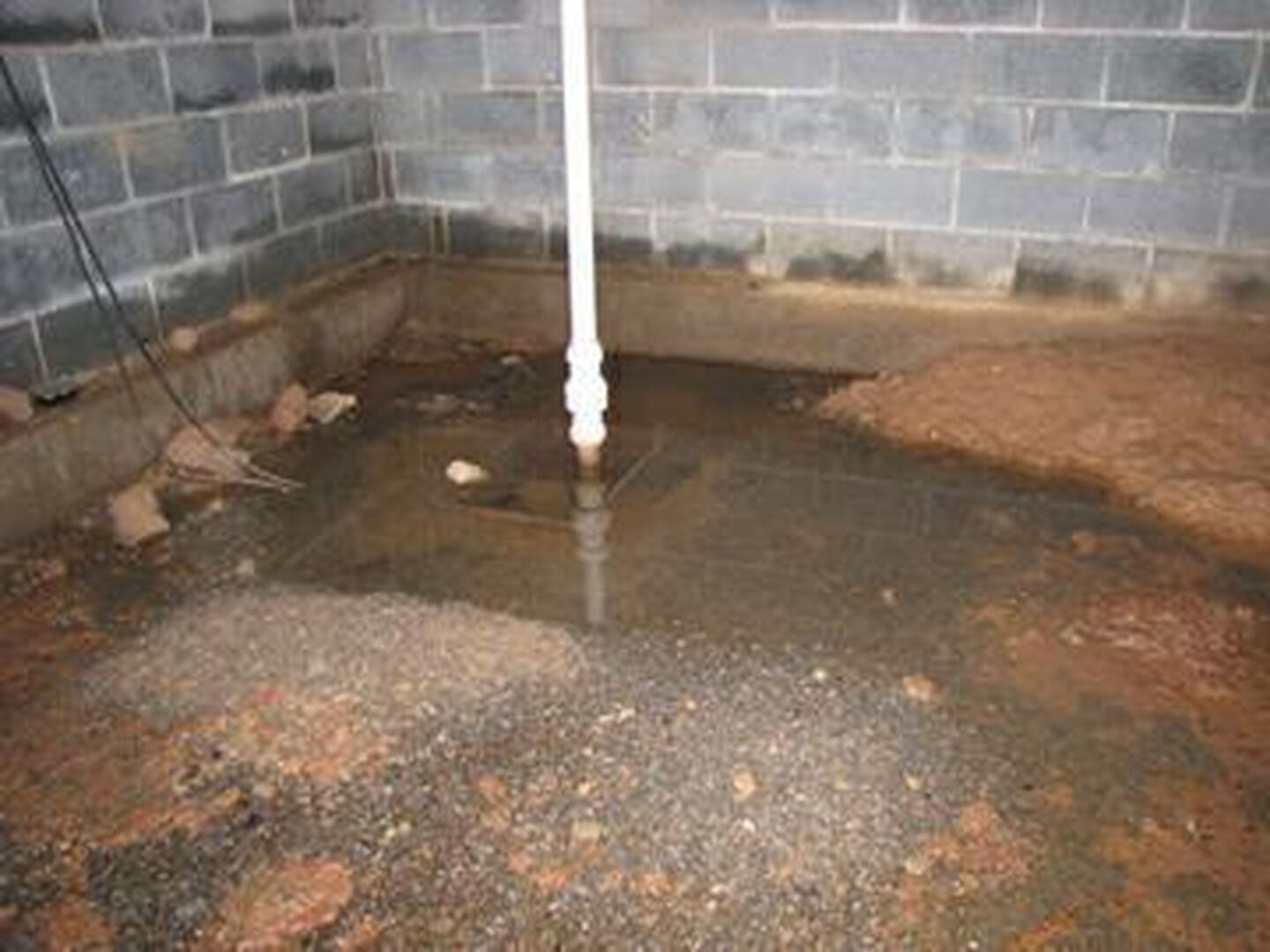Top 5 Most Common Sump Pump Problems

Any homeowner who has suffered through a flood knows that having a sump pump is no guarantee of a dry basement. In fact, many sump pumps are inherently plagued with problems. Somehow, we managed to put a man on the moon, but we haven’t figured out yet how to manufacture a fail-proof sump pump.
Having been in the basement waterproofing business for over 50 years, we’ve probably seen every pump on the market — good ones, bad ones, and everything in between. The better ones tend to fail less, but they are still imperfect.
Below are some of the most common sump pump problems and what you can do to avoid a basement flood:
1. Power Failure
Your primary sump pump is no different than any other electric appliance in your house — without power, it is completely worthless. As a safeguard, invest in a high quality back-up sump pump. I would suggest first reading our blog on back-up pumps for further insight.
2. Switch was Stuck
There are several different types of sump float switches. Vertical and tethered floats are the most common. We strongly prefer vertical floats because tethered floats are notorious for getting stuck on the side walls of the sump pit, which can result in a flooded basement. Some sump pumps also have mechanical pressure switches that are prone to failure.
3. Pump was Overwhelmed
A common misconception is all pumps are created equal. They’re not! In sump pumps, as in life, you always get what you pay for. Minimally, you need a 1⁄3 horsepower sump pump capable of pumping 35 gallons of water per minute. Much less than that and your sump pump might not be able to keep up with the flow of water. If your house sits in a higher water table and / or if you hear your sump pump running frequently, I’d advise upgrading to a ½ horsepower pump (which can typically pump about 60 gallons per minute). And to be completely safe, buy a battery back-up pump!
4. Sump Discharge Pipe Froze
This is a very common occurrence with our brutal Midwest winters (although I must say this past winter was a treat!). If the pipe isn’t pitched properly, water will collect and eventually freeze, causing a blockage. Because what goes up must come down, the water falls right back into your sump pit. When the pit continues to fill up, the water has no place to go but all over your basement floor. By the way, we have an answer to this problem.
5. Old Age
“If it ain’t broke, don’t fix it” is bad practice when it comes to sump pumps as you could wind up with a basement full of water. Sump pumps should be replaced every five to seven years to be reasonably safe.
To find out the best sump pump option for your home, why not schedule a free in-home appointment with one of our advisors?




